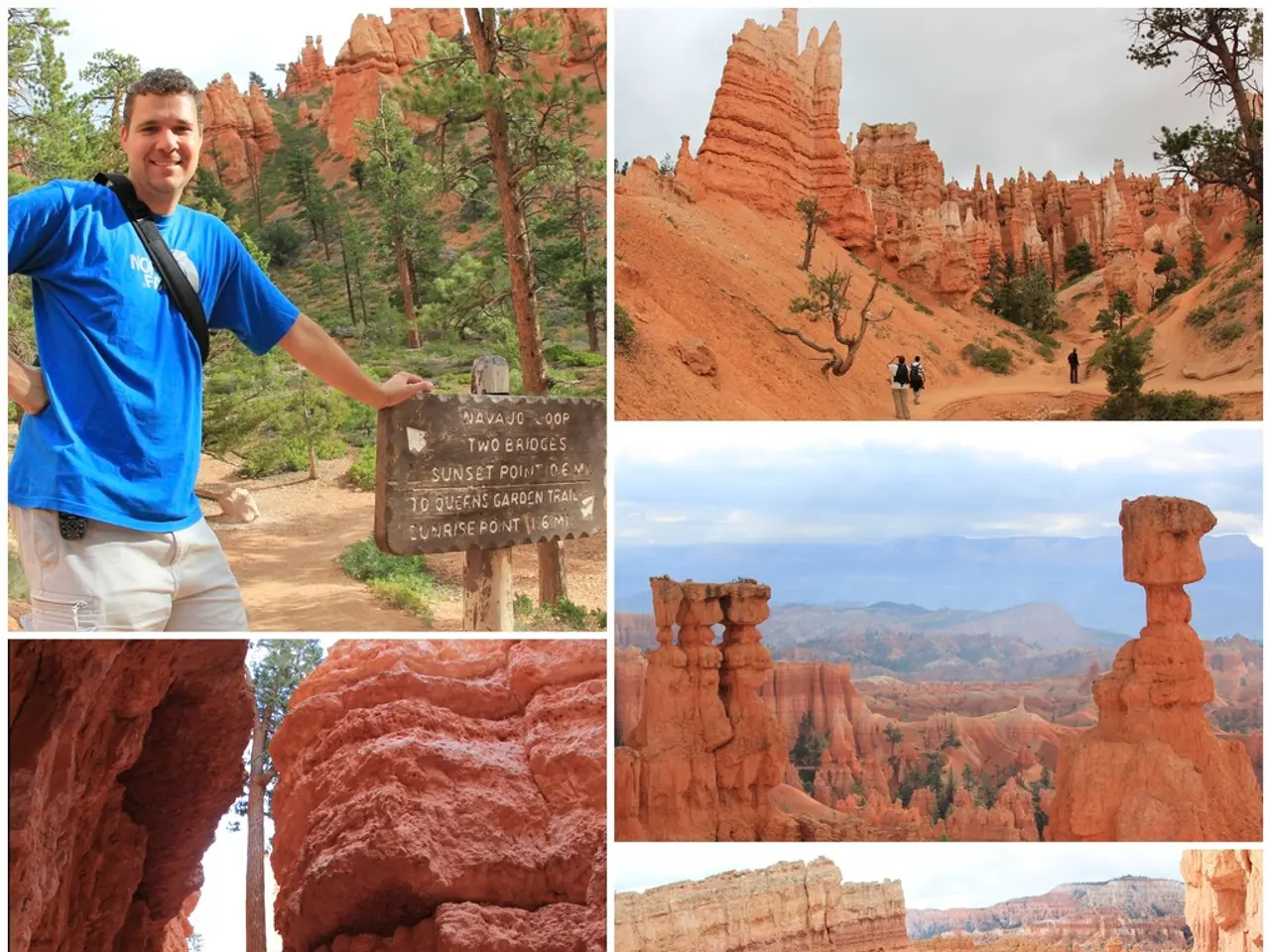Essential archaeological landmarks worldwide
Several archaeological wonders around the world challenge conventional ideas about civilization and provide valuable lessons for modern society. These ancient sites, each with its unique history and design, offer insights into the complexities of social, spiritual, and technological evolution.
Göbekli Tepe (Turkey)
One such wonder is Göbekli Tepe, a 12,000-year-old megalithic temple complex that predates known farming societies. Its monumental stone pillars and sophisticated carvings imply early complex social organization without permanent settlements, overturning the conventional sequence of village then farming then civilization [1][5].
Maski (India)
In India, archaeological findings dated to around 4,000 years ago reveal longstanding cultural continuity in the Raichur Doab region. Sites like Maski show deep roots of civilization, underscoring the importance of preserving cultural legacies and recognizing the layered nature of human settlement and civilization [2].
Kasta Tumulus (Greece) and Amphipolis
Discoveries such as monumental burial mounds, marble sphinxes, caryatids, and mosaics in Greece highlight the sophistication of ancient Greek society's art, architecture, and social symbolism. The sites demonstrate how ancient civic and religious identities were expressed in enduring stone monuments, connecting past societal values to modern cultural heritage appreciation [4].
Controversial Pre-flood Structures (e.g., Kaimanawa Wall)
Debates over whether some ancient stone structures are natural geological formations or evidence of advanced prehistoric civilizations challenge mainstream dating and technological assumptions. They invite reconsideration of lost knowledge and the origins of human technological development [3].
Teotihuacán (Mexico)
Teotihuacán, built long before Rome's glory days, features a highly organized urban grid and a thriving metropolis. Its Avenue of the Dead stretches over a mile and was likely a major processional route. The identity of Teotihuacán's architects still eludes historians, but its planned neighborhoods include multi-family housing and marketplaces [1][2].
Machu Picchu (Peru)
Machu Picchu, a stone citadel built by the Inca, is earthquake-proof and features terraces that prevent erosion. Its aqueducts still function today, providing a lesson in engineering and adaptation [1].
Petra (Jordan)
Petra, built over 2,000 years ago by the Nabataeans, is carved out of sandstone cliffs. Its sophisticated water management systems offer a lesson in ecological balance and adaptation. Debates surrounding its downfall highlight the importance of understanding the interplay between human societies and their environments [1].
Great Zimbabwe (Zimbabwe)
Great Zimbabwe, built entirely from stone without mortar, housed an estimated 20,000 people. It was a thriving trade hub connected to the Swahili Coast, India, and even China. The causes of its downfall remain debated, but soil degradation and changing trade routes likely played a role [1].
Angkor (Cambodia)
Angkor, supported nearly a million people at its height, offers a sobering preview of what happens when technological genius isn't enough to save a system in flux. Its decline serves as a reminder of the fragility of even the most advanced civilizations [1].
Stonehenge (England)
Stonehenge, constructed over 4,000 years ago, was built using tools no more advanced than antlers and stone. Its alignment with celestial events still puzzles scientists, and deeper scans of the landscape suggest a vast network of buried monuments and causeways [1].
Pompeii (Italy)
Pompeii, buried in volcanic ash in 79 CE, preserves everything from vibrant frescoes to carbonized bread loaves. It offers the most authentic historical experience imaginable, with intact mosaics, street graffiti, and amphorae in mid-usage [1].
Each ruin is a living conversation and mirrors our challenges, hinting at solutions we've ignored. They remind us that every ruin is waiting for us to listen, and that the lessons of the past can guide us in navigating the complexities of the present and future.
[1] Archaeology.org [2] British Museum [3] Ancient Origins [4] National Geographic [5] ScienceDirect.com
- Intricate carvings and planned urban design at sites like Göbekli Tepe in Turkey demonstrate that even at the dawn of civilization, people were capable of leading complex lifestyles and creating impressive travel destinations.
- The well-preserved remains of archaeological wonders, such as Pompeii in Italy, offer us a tantalizing glimpse into the daily lives of past societies, encouraging us to learn from their experiences and apply those lessons to our own lifestyle and travel choices.





